Reduce your environmental impact instantly by packing reusable water bottles, containers, and utensils for your park visits. Master essential leave-no-trace principles through outdoor workshops in Ontario Parks, where hands-on learning transforms theory into practice. Set up camp in designated areas using biodegradable soaps and minimal artificial light to protect nocturnal wildlife. Collect and properly sort waste into recyclables, compostables, and garbage while exploring – a simple habit that preserves trail beauty for future generations. These sustainable practices not only minimize your footprint but enhance your connection to Ontario’s natural spaces, creating a richer outdoor experience that harmonizes adventure with environmental stewardship.
Leave No Trace: Essential Park Practices
Pack In, Pack Out Plus
Going beyond the basic “pack it in, pack out” principle means taking responsibility not just for your own waste but helping to preserve the environment for future generations. When visiting Ontario’s parks, consider bringing a dedicated cleanup bag to collect any litter you spot along the trails – even if it’s not yours. This simple act can make a huge difference!
Smart packing is another game-changer. Instead of single-use containers, opt for reusable food storage solutions like beeswax wraps and stainless-steel containers. They’re not just better for the environment; they’re actually more durable for outdoor adventures. Pro tip: bring a small spray bottle with biodegradable soap and a microfiber cloth to clean your reusables on the go.
Consider composting while camping – many Ontario parks now have designated composting areas. If you’re hiking, pack a small sealed container for food scraps to compost at home. For longer trips, learn about “dig and drop” composting techniques that follow park guidelines.
Remember to check your campsite thoroughly before leaving. Look for tiny pieces of trash like twist ties or bread tags that often get overlooked. Before you go, do a final sweep in expanding circles around your site – you might be surprised by what you find hiding under leaves or between rocks.
By practicing these advanced waste management techniques, you’re not just maintaining the park’s beauty; you’re actively contributing to its preservation for future outdoor enthusiasts.

Smart Trail Usage
When hitting the trails in Ontario’s beautiful parks, remember that smart trail usage is key to preserving these natural wonders for future generations. Always stick to marked paths to prevent soil erosion and protect delicate vegetation. Think of trails as nature’s sidewalks – staying on them helps maintain the surrounding ecosystem’s balance.
Before heading out, check trail conditions online and plan your route. If the ground is muddy, consider postponing your hike or choosing an alternative trail to prevent damage. When you encounter wet or muddy sections, walk through the center of the trail rather than creating new paths around them.
Practice the “Leave No Trace” principle by packing out what you pack in. This includes seemingly harmless items like apple cores or banana peels, which can take months to decompose and attract wildlife to trail areas. Take photos, not souvenirs – leaving rocks, plants, and other natural items where you find them helps maintain the park’s natural state.
When encountering other trail users, yield to uphill hikers and step to the trail’s edge when stopping for breaks. Keep your group size manageable, as large groups can cause more trail wear and disturb wildlife. If you’re bringing four-legged friends along, keep them leashed and clean up after them.
Early morning or late afternoon visits help reduce trail congestion and provide better wildlife viewing opportunities while minimizing impact on the environment.
Eco-Friendly Camping Skills
Fire Management Done Right
Building and managing a campfire responsibly is one of the essential wilderness skills every outdoor enthusiast should master. Start by checking local fire regulations and only build fires in designated pits or rings. Always keep your fire at a manageable size – remember, bigger isn’t better when it comes to sustainable camping!
Looking for kindling? Stick to gathering dead and fallen branches rather than breaking live ones. This helps preserve our forest ecosystems and actually makes for better firewood. Pro tip: collect your wood from a wide area rather than depleting a single spot, and never strip an entire fallen log – it’s home to countless tiny creatures!
Consider bringing a portable camp stove as an eco-friendly alternative, especially during dry seasons. They’re lightweight, efficient, and leave zero impact on the environment. If you do build a fire, make sure it’s completely extinguished before leaving – the “cold out” test is your best friend here. Drench the embers with water, stir the ashes, and repeat until everything is cold to the touch.
Here’s a local secret: pack a fire blanket in your gear. It’s perfect for containing sparks on windy days and can help you maintain a smaller, more controlled fire. Plus, it doubles as an emergency safety tool. Remember to pack out any unburned materials and never leave garbage in the fire pit – what goes in your pack coming in should go out with you too!
By following these practices, you’re not just being a responsible camper; you’re helping preserve our beautiful Ontario parks for future generations to enjoy.

Water Conservation Techniques
When it comes to conserving water while camping, small actions can make a big difference. Start by bringing reusable water bottles and filling them at designated water stations rather than running taps unnecessarily. For dishwashing, use biodegradable soap and collect water in a large basin – you’ll be surprised how little you actually need to get those dishes sparkling clean!
Here’s a clever tip I learned from a seasoned camper: collect rainwater in a clean tarp or container for non-drinking purposes like cleaning gear or dousing your campfire. Speaking of campfires, keep a bucket of water nearby for safety, but don’t waste fresh water – gathered rainwater works perfectly fine.
When it comes to personal hygiene, opt for quick “navy showers” – wet down, turn off the water, soap up, then rinse off. If you’re camping at a more rustic site, bring pre-moistened biodegradable wipes for cleaning up. They use far less water than traditional washing and pack out easily with your trash.
For cooking, plan meals that require minimal water for preparation and cleanup. Pre-cutting vegetables at home and using one-pot recipes not only saves water but also makes campsite cooking more enjoyable. When you do need to dispose of cooking water, strain out any food particles first and scatter the grey water at least 200 feet from any water sources.
Remember to check your gear for leaks before heading out, and report any dripping taps or facilities to park staff. Every drop counts when we’re working to preserve our beautiful Ontario parks for future generations!
Wildlife and Nature Protection
Safe Wildlife Distance
Respecting wildlife means giving them the space they need to thrive naturally. Whether you’re an eager photographer or simply enjoying nature, following proper wildlife observation guidelines is crucial for both your safety and the animals’ well-being.
As a general rule, maintain at least 100 meters (about the length of a football field) from large animals like moose, bears, and wolves. For smaller wildlife such as deer and foxes, keep a minimum distance of 30 meters. Birds and small mammals should be given at least 15 meters of space.
A helpful tip I’ve learned from years of wildlife watching: if an animal changes its behavior because of your presence, you’re too close! Watch for warning signs like ears perking up, sudden stops in activity, or direct stares. These are clear indicators that you should slowly and quietly back away.
Remember the “thumb rule” – if you can cover the entire animal with your thumb when your arm is extended, you’re at a safe distance. Always use binoculars or a camera with a zoom lens instead of getting closer. This way, you’ll get amazing views while ensuring our wild friends feel secure in their natural habitat.
Stick to marked trails and viewing platforms when available – they’re designed to provide optimal wildlife viewing opportunities while maintaining safe distances.
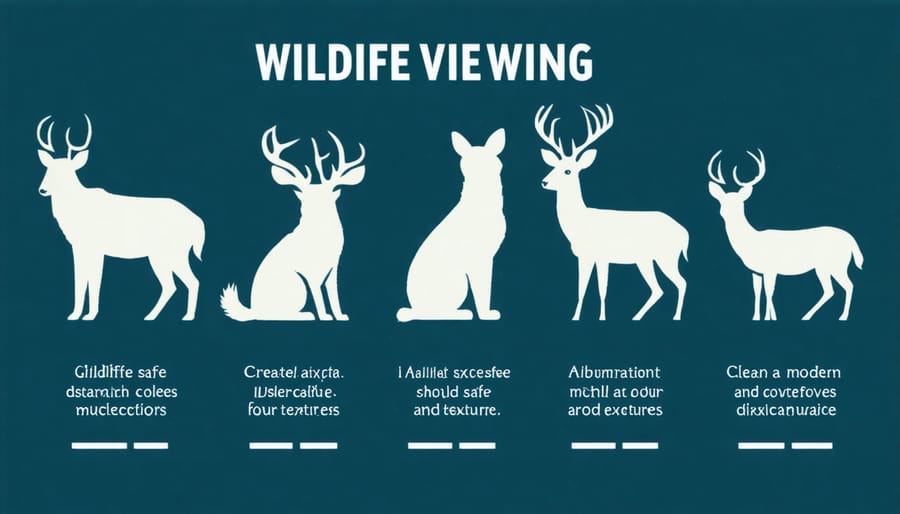
Natural Habitat Preservation
When visiting Ontario’s beautiful parks, we all play a crucial role in protecting vital ecosystems and preserving natural habitats for future generations. Start by always sticking to marked trails – those little detours might seem harmless, but they can damage delicate plant life and disturb wildlife homes. Think of it as being a respectful guest in someone else’s home!
Keep your campsite compact and use designated areas for tents and activities. This helps minimize our impact on the surrounding vegetation and gives native plants the space they need to thrive. I’ve noticed how quickly vegetation bounces back in areas where visitors follow this simple practice!
When gathering firewood, only collect fallen branches and never strip bark from living trees. Better yet, purchase local firewood from park offices to prevent spreading invasive species. Remember to pack out everything you pack in, including organic waste – even apple cores can attract wildlife and alter their natural feeding patterns.
Consider joining local conservation efforts during your visits. Many Ontario parks offer volunteer programs where you can help with native plant restoration or invasive species removal. These hands-on experiences not only protect our natural spaces but also create meaningful connections with the environment.
For photographers and nature enthusiasts, maintain a safe distance from wildlife and avoid trampling vegetation for that perfect shot. Sometimes the best photos come from patience and respect for nature’s boundaries!
As we wrap up our journey through sustainable practices in Ontario Parks, remember that every small action counts towards preserving these natural treasures for future generations. From properly disposing of waste to minimizing our carbon footprint, these simple yet effective techniques help maintain the delicate balance of our park ecosystems.
The workshops we’ve discussed offer invaluable hands-on experience in implementing these eco-friendly practices. Whether you’re interested in learning about composting, wildlife-friendly camping, or reducing your environmental impact, there’s a workshop tailored to your interests. Many participants have shared how these sessions transformed their approach to outdoor recreation, making their park visits more meaningful and environmentally conscious.
Don’t forget that sustainability isn’t just about following rules – it’s about creating a deeper connection with nature. By participating in these workshops, you’ll join a community of like-minded individuals who share your passion for environmental stewardship. The knowledge and skills you gain will extend far beyond your park visits, influencing your daily lifestyle choices.
Ready to take the next step? Consider registering for an upcoming workshop at your nearest Ontario Park. The spring and summer seasons offer the most diverse selection of programs, but you’ll find engaging opportunities year-round. Remember to book early, as these popular sessions often fill up quickly.
By embracing these sustainable practices and sharing your knowledge with others, you become part of a larger movement towards environmental conservation. Your actions, combined with those of fellow park visitors, help ensure that Ontario’s natural spaces remain vibrant and healthy for generations to come.
We look forward to seeing you at one of our workshops soon. Together, we can make a lasting positive impact on Ontario’s beloved parks while creating unforgettable outdoor experiences that respect and protect our natural environment.

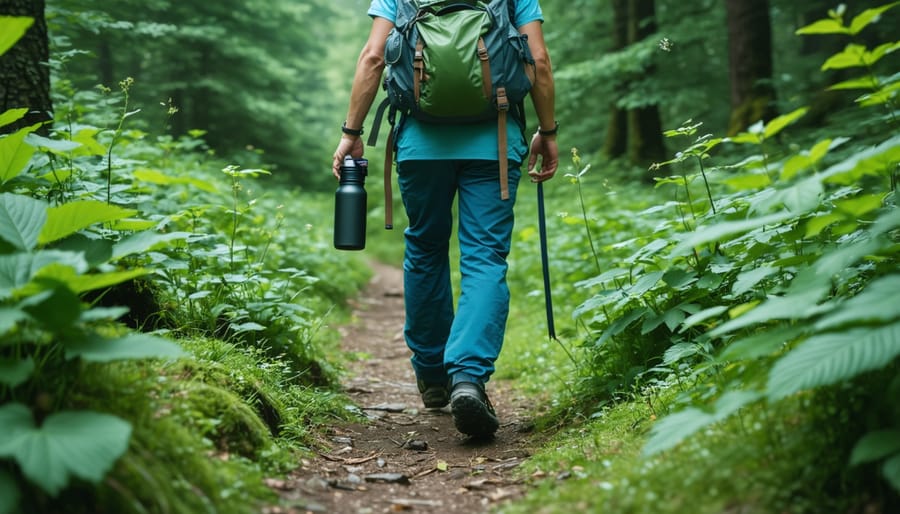



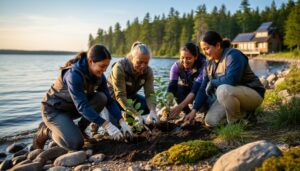
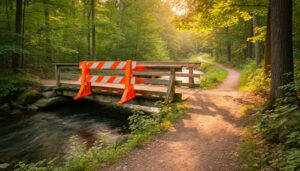

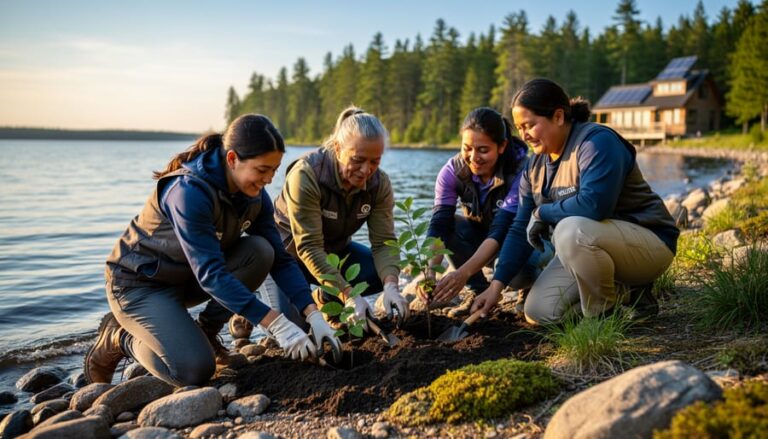


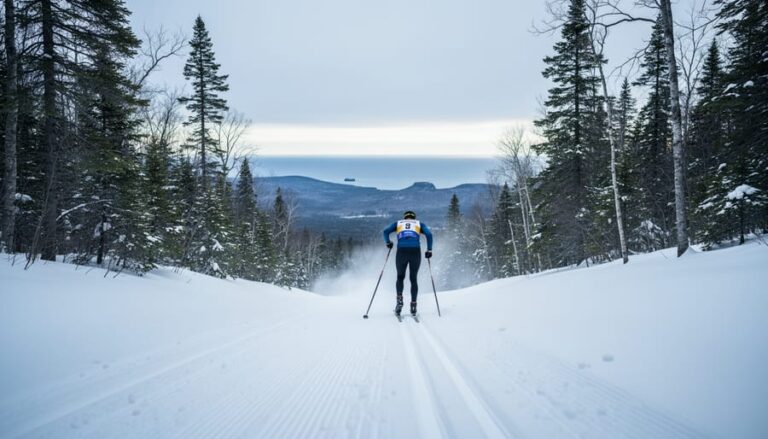
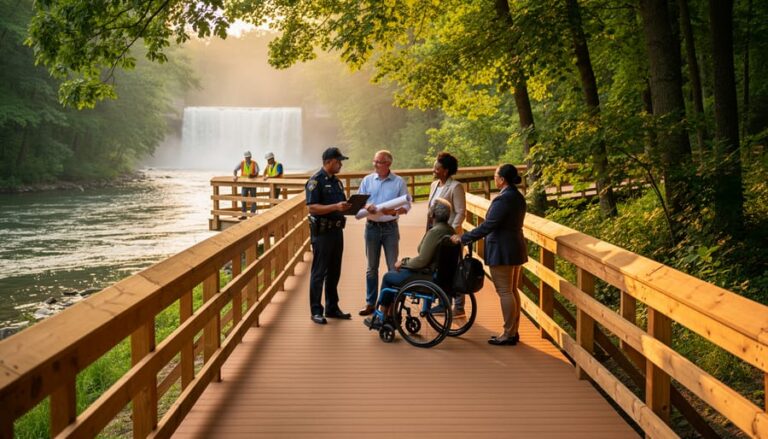

+ There are no comments
Add yours